What is Child Abuse?
Recognising the various types of Abuse
The recognition of child abuse is never easy or straightforward even for those professionals who work in this area. Nevertheless it is important that those working with children are aware not only of the different types of abuse, that a child may experience, but also that a child may suffer more than one type of abuse. Abuse is normally categorised under four broad headings: physical abuse; emotional abuse; sexual abuse and neglect. Those working with children need to be aware of the general indicators of abuse, which can be divided into both behavioural and physical signs.
General indicators of abuse
Physical Abuse
Where children are hurt by ill—treatment or deliberate or neglectful failure to prevent injury or harm. Common indicators may include:
- unexplained recurrent injuries or burns;
- unlikely or improbable explanations for injuries or a refusal to explain;
- self destructive tendencies;
- fear of physical contact, or shrinking back if touched.
Emotional Abuse
Where children are persistently or severely emotionally neglected or rejected, for example, by not being shown enough love and attention, made to feel worthless, or being intimidated by threats or taunts. Signs of emotional abuse include:
- delays in physical, emotional and social development;
- extreme fear of new situations;
- poor self esteem and sense of own worth;
- over reaction to mistakes;
- inappropriate response to pain;
- neurotic behaviour.
Sexual Abuse
Where children are encouraged or forced to observe or participate in any form of sexual activity ranging from exposure to pornographic literature, pornography on the Internet, to inappropriate touching for the purposes of arousal or gratification and sexual intercourse.
Symptoms of sexual abuse include:
- sexual knowledge inappropriate for the child’s age and level of understanding;
- sexualised behaviour towards self or others;
- regression to younger behaviour patterns such as thumb sucking;
- self mutilation, suicide attempts, running away, overdoses, anorexia;
- sudden loss of appetite or over eating.
Neglect
Where children’s physical and/or psychological needs are persistently and/or severely neglected, with a failure to protect a child from exposure to any kind of danger. Signs of neglect include:
- constant hunger;
- inadequate clothing;
- constant tiredness, pale and generally unkempt appearance;
- poor personal hygiene.
The indicators outlined above should only be considered as a general guide to the types of abuse experienced by children. In all cases of abuse an assessment will need to be carried out by a range of Social and Health professionals in order to gain an understanding as to what may be happening to a child. Injuries alone are not proof of abuse. Suspicion and concerns should be raised if there is:
- a history of injuries,
- delay in adults seeking treatment for a child who has been harmed,
- inadequate or inconsistent explanations, or
- a child being blamed repeatedly for causing the injuries.



You must be logged in to post a comment.